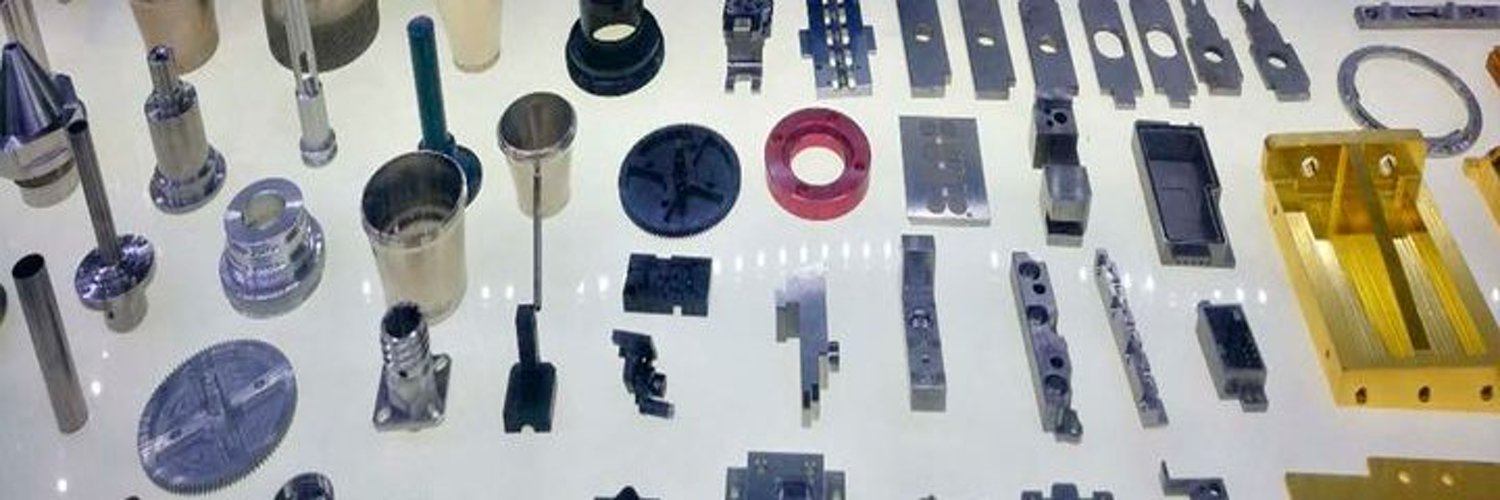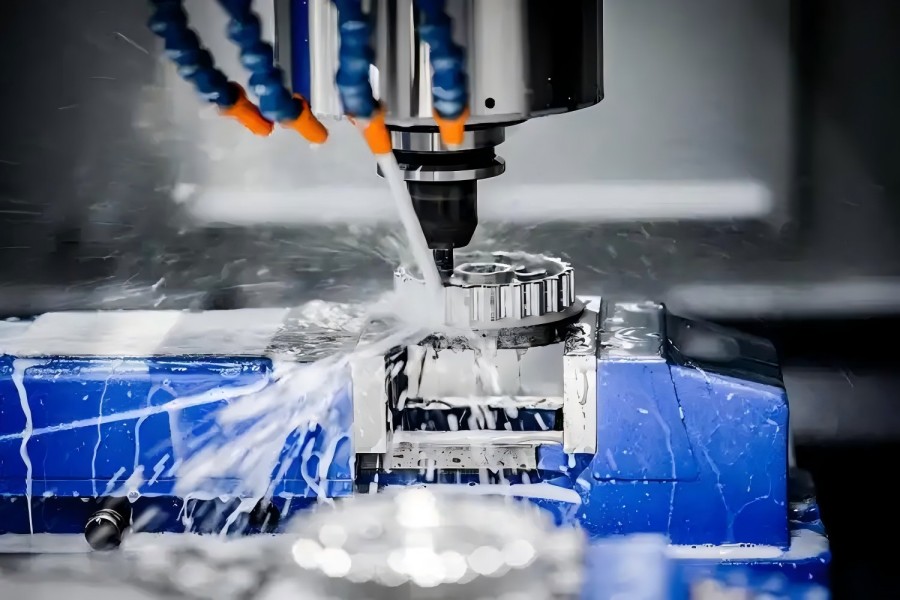- Guangzhou Sinoth Import and Export Co., LTD
Tel: 020-8968-8980
Website:www.gzsynoth.com
Email: belinda@dginfa.com(24 hours online)
Phone: +86 189 2740 6786
Address: No 5, Jinshi Three Street, Shiling Town, Huadu District,Guangzhou City, Guangdong Province
The causes of cracks in CNC machining mainly include the following aspects:
Material problems: defects in the material itself, such as internal stress, improper alloy composition, etc., can lead to cracks. For example, aluminum alloys may form internal stresses during casting or heat treatment, and these internal stresses will be released by cutting in subsequent CNC machining, leading to cracks.
Processing technology: The unreasonable setting of processing parameters, such as cutting speed, feed rate and cutting depth, may cause the material to produce too much cutting force, and then cause cracks. In addition, improper processing sequence may also lead to local stress concentration, causing cracks.
Tool problems: The degree and type of tool wear has a significant impact on machining quality. Severely worn tools can lead to unstable cutting, which can lead to cracks.
Coolant use: Insufficient or improper use of coolant can lead to local overheating, which can lead to cracks. Reasonable use of coolant can not only improve the processing efficiency, but also effectively reduce the probability of crack occurrence.
Fixture design: Fixture design directly affects the fixed stability of aluminum parts. A poorly designed or poorly held fixture can cause vibration and displacement during machining, increasing the risk of cracks.
Post-treatment processes: Some surface treatment processes (such as sandblasting, polishing) may cause cracks while introducing stress.
Part design: Unreasonable part design, such as too thin wall or complex internal structure, may lead to thermal stress concentration during processing, thereby reducing the risk of thermal cracking.
In summary, in the process of CNC machining, there are many reasons for cracks. In order to reduce the occurrence of cracks, it is necessary to comprehensively consider and optimize from many aspects such as material selection, processing technology, tool management, coolant use, fixture design, post-treatment process and part design.



